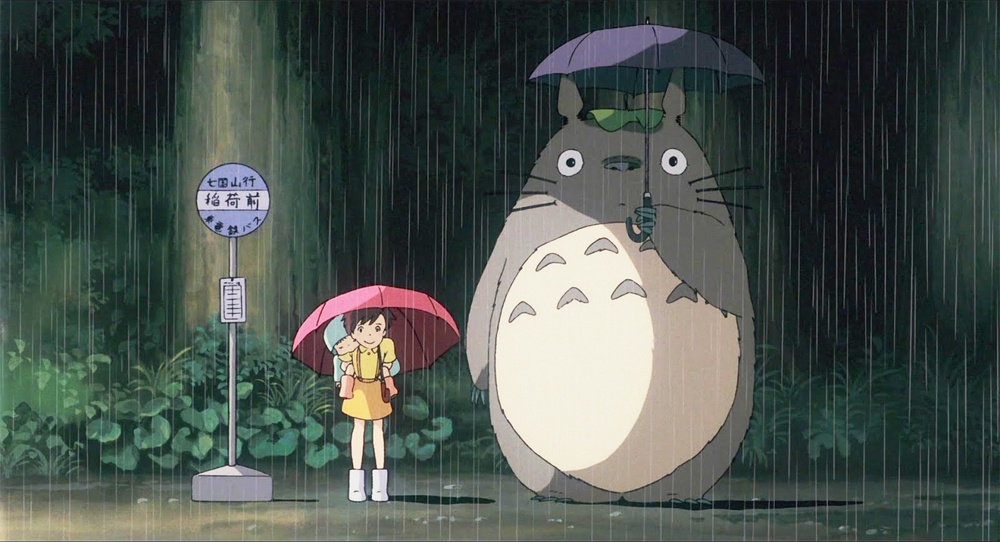A staggering number of articles on the Woody Allen pedophilia debacle have been spewed across the internet since Allen’s adopted daughter Dylan Farrow wrote an open letter in The New York Times claiming he molested her when she was seven years old.
I don’t want to weigh in on this issue. To me, the most important element of this story is about internet vigilante justice and the age we live in, where people across the world who have never met Allen or any of the Farrow clan can effectively declare a man guilty of a crime he was never convicted of.
We all have opinions, but the absolute certainty and the intense level of emotional investment displayed really shocks me. You can almost hear people congratulating themselves for their ability to passionately champion victims in comment sections on websites and declare how sick it makes them that anyone could support the work of this “monster.”
As writer Vincent Scarpa so wisely tweeted, “You’re not a hero if you stop watching Woody Allen movies.”
On the internet, the idea of separating the art from the artist is often met with scorn and judgment. But the fact that this concept has become so maligned is actually really dangerous, especially if you happen to care about literature, film, music or art and consider them important to the world.
I have to say, I understand that sometimes it’s hard to help. I have trouble watching Mel Gibson movies, even though I enjoyed quite a few of them growing up. Hell, I even have trouble watching Tom Cruise. I threw away my writing books by Orson Scott Card when I found out about his extreme homophobic views. And those were some really good books.
But where do we draw the line? Many people are offended by Woody Allen’s 16-year-long marriage to Mia
Farrow’s adopted daughter, Soon-Yi Previn, because their relationship began when she was just 19 years old. But he is far from the only great artist to have shacked up with a barely legal girl.
Charlie Chaplin eloped with 18-year-old Oona O’Neill when he was 54. And the recent Ralph Fiennes-directed film, The Invisible Woman, details how Charles Dickens essentially left his wife for an 18-year-old actress when he was in his late 40s. Not only that, he was kind of a total jerk about it.
Writers like Lewis Carroll, Horatio Alger and Gore Vidal have been accused of all-out pedophilia. History is full of drug addicts, sexual deviants and just general bad people who have created some absolute masterpieces.
Now that the internet is around to document every detail of a celebrity’s life, it becomes that much easier to pass judgment on them. Recently, George Clooney told Variety how he thinks celebrities should stay off social media because it makes them too available—and he’s right.
How often have you followed the Twitter of someone famous you admire and found them to be really disappointing, offensive or just plain annoying? It’s bad enough that I have to know Leonardo DiCaprio only dates 22-year-old blonde models. I’m sure he’d prefer to make that aspect of his personality as private as possible so that the rest of the population still wants to see him in movies.
It’s easier when it’s actors who are there to say lines. But writers and directors are another matter, because their personality flaws can seep into their art. In many of Roman Polanski’s films, especially his adaptation of my favorite novel Tess of the D’Urbervilles, you can tell he is a misogynist who fetishizes young girls. To me, that means Tess really misses the point. But does that mean we throw Rosemary’s Baby in the trash? Absolutely not. That film is amazing. It is possible to keep in mind the flaws of the director behind it and how they may have influenced it stylistically without dismissing it or most of the director’s other work.
The same is true of Allen, who often makes films about crusty old men pursuing very young girls, from Manhattan onwards. Of course, his storytelling is colored by his life view. It’s the same way you’d be blind not to think that there are Mormon undertones in Card’s Ender Series, or in Twilight—but we’re talking about good art here.
So-called problematic films and literature are still worthy of praise and study. We’re not about to strike A Tale of Two Cities from English classes or ban Alice’s Adventures in Wonderland.
The inability to separate the art from the artist is a very serious symptom of the extreme political correctness that permeates the internet, which seems less about fighting for social change or advocating for the oppressed and more about ego, conformity and group think.
There’s a quote by novelist Pat Conroy that I really love. He said, “As an American liberal with impeccable credentials, I would like to say that political correctness is going to kill American liberalism if it is not fought to the death by people like me for the dangers it represents to free speech, to the exchange of ideas, to openheartedness or to the spirit of art itself.”
For centuries, art has been moralistically policed and censored by religious zealots and closed-minded enemies of free expression. I am not on the side of anti-semites, racists, homophobes or bad people, and I am certainly not on the side of child molesters. Still, I am left wondering when the very people who are supposed to champion creative freedom are now the people who want to censor it.
You might feel like you’re making a difference by refusing to see Blue Jasmine or getting all up in arms when Robin Thicke gets nominated for a Grammy, but you’re really just contributing to a world where only a certain sect of people—those who have never committed or even been accused of a crime, said anything that anyone could be offended by or held any unpopular opinions—are allowed to be artists.
The higher we make our moralistic standards, the more homogenized our culture becomes.






